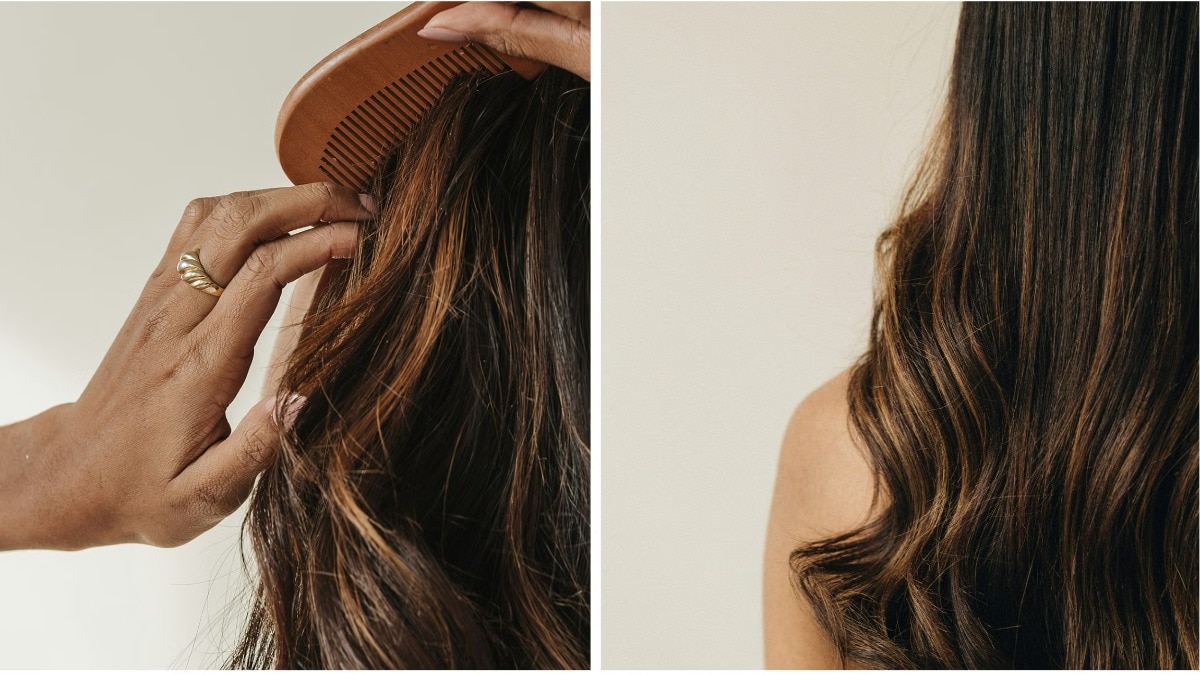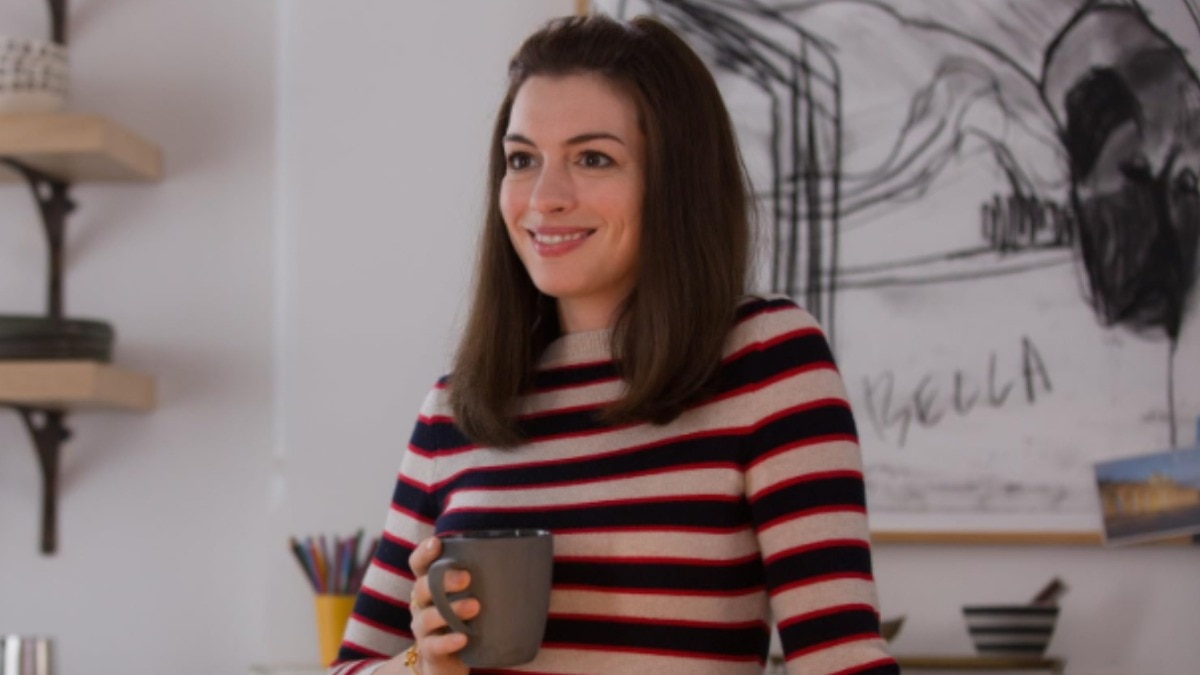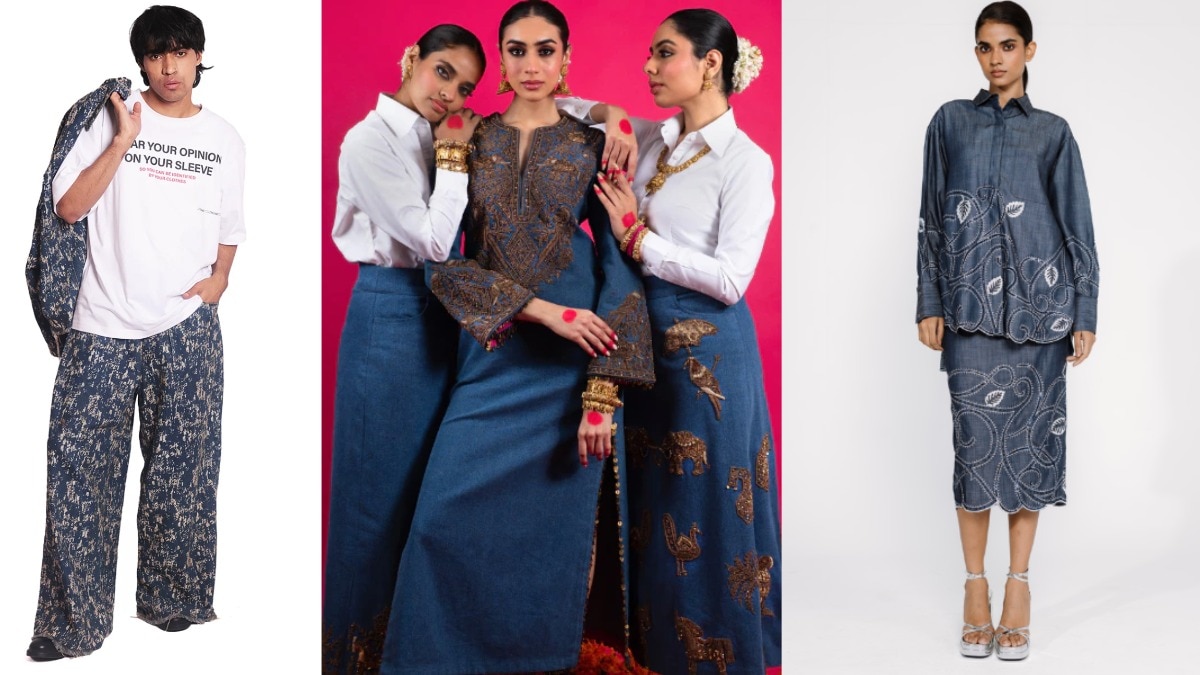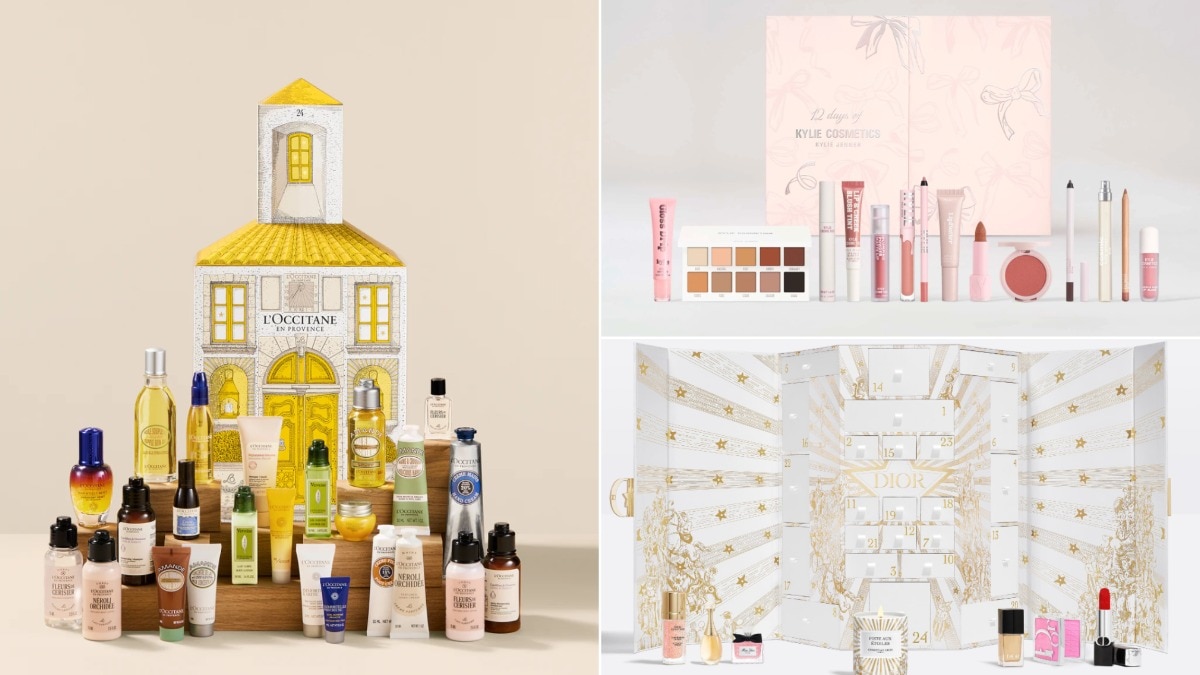From the wild, into your makeup bag, these beauty brands are not only mindful but sustainable
Small-batch products made by hand with foraged ingredients foster a connection with the land.

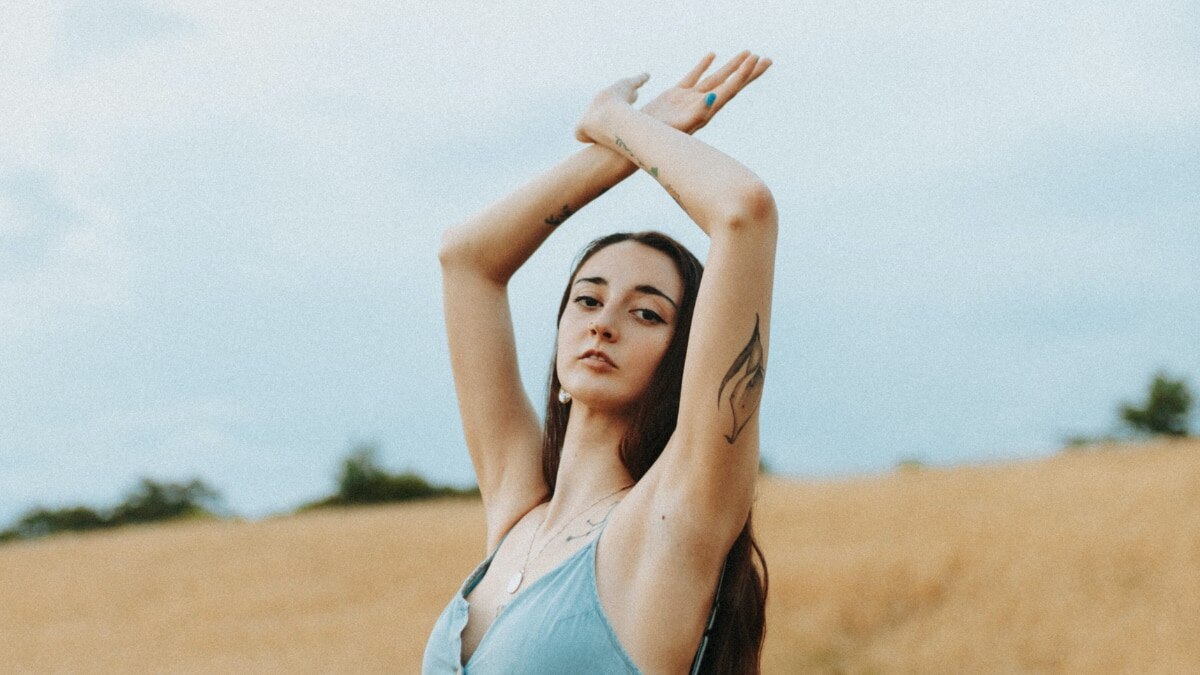
As a child of five or six, I would spend hours picking rose petals, buttercups, twigs and moss that I’d use to assemble homemade perfumes. Studiously gathering my aromatic finds into a weighty glass jam jar, I would stir in water and splash the resulting–somewhat murky–concoction onto my wrists, experimenting with the nuances of each scent.
Homespun and apothecary-style brands reflect that same fascination with wildcraft I had as a girl, but with a good deal more sophistication than any of my endeavours. Immersed in nature at an elemental level, they use foraged or handpicked ingredients and small harvests to create thoughtful products that feel as wholesome as they are effective. The Kent-based natural-skincare specialist Haeckels, for instance, was founded by a former beach warden, Dom Bridges, who created his first product–a bar of seaweed soap–at home in his kitchen back in 2012. Now, the brand sells its wild fragrances and cosmetics (all made using ocean vegetables harvested from a cretaceous chalk reef just off Margate) worldwide and has just received investment from EstéeLauder Companies.

Meanwhile, in Northern Ireland, a centuries old tradition of seaweed bathing for medicinal purposes has inspired the brand Voya. Its organic oils, creams and moisturisers take advantage of the near-perfect ecosystem found at the point where a branch of the Gulf Stream flows through the Atlantic Ocean to create the North Atlantic Drift. With no environmental pollution to contend with, seaweed flourishes in this turbulent ocean and is hand-cut by local harvesters, many of whom are from generations-old fishing families with intimate knowledge of the tidal patterns. According to Voya’s co-founder Mark Walton, ‘seaweed is essentially a highly concentrated version of the sea, with a full spectrum of mineral, vitamins and other interesting bioactive compounds’. Among its benefits is a powerful anti-inflammatory effect analogous to that of aloe vera.
Finding the right location is crucial when it comes to foraging. ‘We often think about terroir in relation to wine,’ says the herbalist and naturopath Amanda Saurin, who founded the small-batch distillery AS Apothecary. ‘The same grape will taste different depending on where it is grown, and so it is with plants and their properties.’ Saurin’s own-brand scents, creams, aromatic waters and balms–some of which are now used in the facial treatments at Beaverbrook’s beloved Coach House Spa in Surrey–are made from flowers, bark, leaves, roots, blossom and moss that are grown or foraged either on the Isle of Harris in the Outer Hebrides or in Cyprus. To minimise her impact on the environment, Saurin has strict self-imposed limits on the batches she creates. ‘Responsible foragers follow a code of conduct–I never take more than a fifth of the plant or the root, so the species is always able to regenerate and I don’t pick at times that might affect bee populations,’ she explains. ‘If you do this work, you have to think about how you can do it sustainably.’

This is certainly true of the Rhug Estate in Wales, known for supplying organic meat to Michelin-starred restaurants (Core by Clare Smyth is a client) and which, three years ago, branched out into cosmetics with the launch of its Wild Beauty range. Some ingredients are cultivated using organic and sustainable methods– Rhug Estate honey, for example, is used in its Wild Beauty Replenishing Mask–while others are collected by a trained forager who ensures that the land is never depleted. Keeping swathes of the estate wild helps to maintain biodiversity–a priority for its owner, Lord Newborough, who is passionate about the project and can often be found testing out new formulations. ‘Things that grow naturally in the ground here, such as heather, meadowsweet, gorse, dandelions, elderflower and nettles, have enormous benefits for the environment and local wildlife, as well as for the skin,’ he says. Customers love products such as the bestselling Wild Beauty Day Cream, which arrives nestled in a snuggly bed of wool taken from sheep on the estate.
Another country pile that is putting its land to productive use is Heckfield Place in Hampshire, whose Wildsmith Skin line features ingredients grown in the market garden. Working on biodynamic principles, whereby farming follows the cycles of the moon to improve the land’s fertility, the estate is currently growing crops of cucumber, borage, roses and lemon verbena for forthcoming product launches, while calendula and camomile have been harvested and macerated for use in body treatments at the Bothy Spa, which opens this summer.

For some ecologically minded entrepreneurs, initiatives such as beauty ranges bring in much-needed funds to support environmental projects. Suzan Craig, who founded the New Zealand-based nature reserve Tahi, is harvesting manuka honey to use in her soon-to-launch brand Kaea Skincare, sales from which will finance the sanctuary’s vital conservation work. (If you try one thing, make it the Revitaliser Elixir, a serum that gives skin a wonderful glow.) For others, the motivation to harness benefits from nature is even more personal, as is the case for Cult of Treehouse’s founder Amelia Rynkowska. A self-taught botanical cosmetic alchemist, she combines her love of foraging (and trees) with spiritual rituals, creating micro-batches of essences and perfume oils in her treehouse apothecary during a full or new moon to increase what she describes as the vibrational energy.
My younger self would have loved a treehouse apothecary. Perhaps that’s why I’m drawn to these beautifully crafted tinctures, balms and serums: after all, the opportunity to use products created with such a genuine and thoughtful connection to the land is as uplifting for the spirit as it is for the skin.
This piece originally appeared in Harper's Bazaar UK


